A Starter Guide To International Schools In Tokyo
Finding The Best School For Your Kid(s)
Building a new life in a different country is a challenge; adding a family and children to that situation can make it a real hurdle. Today on Savvy Tokyo, dive with us into the much complex international school subject.
Tokyo is well known for being remarkably convenient; however, navigating around schools, programs, or education style is not. For internationally-oriented families—often temporarily living in Japan—International Schools (IS) can be a better option over local schools. Let’s discuss a few things you may want to consider before diving into it!
1. School admission and structure
Calendar
To start with the obvious, the calendar year of IS tends to reflect the system of schools abroad, with a school year starting sometime around the last 10 days of August. In contrast—though maybe not for long given the potential influence of Covid-19—, the current school and the fiscal years in Japan start at the beginning of April. Not taking summer schools into account, that come with additional costs, the last day of school can be anytime in June.
Admissions
Regarding admissions, nurseries will usually accept children from three years old, but it can vary according to schools. Transfer students will generally need to take a test to produce evidence of their levels, on top of school transcripts.
Tuition and fees
Environment wise, IS tend to have practical, large and well-coordinated infrastructures and campuses, many with numerous school buses running in plenty of neighborhoods. Evidently, these amenities contribute to the infamous tuition and fees ranging from about ¥600,000 to up to ¥5,000,000 for the first year—the yearly tuition varies according to the grade, and some fees are paid only once—most commonly around ¥3,000,000. Therefore these estimates include some school-specific one-off charges like application, registration, building maintenance, or land and building development.
Other things to consider
Besides these costs, several reputable schools have substantial waiting lists based on the order of application or following selective criteria. This selection process can be stringent, possibly including—but not limited to—spoken languages, intellectual skills, gender, experience with similar pedagogy, behavior, potty-training, siblings already in the school, or special needs.
If you are considering an IS for your kid(s), you may be on the lookout for a practical neighborhood to move in. The IS densest area is central Tokyo, particularly the Minato ward, which harbors countless embassies and international companies. It may be a desirable living neighborhood both to easily commute to school and work.
Before getting into the admission process, consider personally getting in touch with multiple IS, they are straightforward to contact to get more information or make an appointment for a visit. As long as you can communicate in English, they will, in most cases, respond swiftly.
the IS densest area is central Tokyo, particularly the Minato ward,
2. Educational team
The strength of many IS is the way they hire teachers based on real motivation and qualifications. Consequently, potential applicants can be inside or outside of Japan and would be relocated and have their visa sponsored if accepted. To me, this latter point is one of the principal characteristics to examine when comparing IS. Indeed, it reflects on the school’s willingness to aim for quality education rather than taking an easy way out by hiring any native-speakers already settled in Japan.
Overall, IS also offer a lower child-teacher ratio compared to Japanese schools. This ratio is particularly important for early childhood, a critical development phase when our children acquire preferences, personality, and most of all self-confidence.
3. Pedagogy and children profile
The IS landscape is crammed with preschools; however, few go beyond kindergarten, and their number decreases at each educational stage. It may be one strategy to start by finding a nursery that suits you, then a kindergarten, a primary school, and so forth. However, according to your economic and geographical agenda, you may want to consider the additional one-off fee involved when changing schools. Investigating thoroughly different IS may help you find one in which your child may stay the longest to avoid recurring fees.
Curriculum or Country-specific education
Besides the age range, IS offer a variety of country-specific education (American, British, French, Indian…) or curriculum (International Baccalaureate and Primary Year Program, A level, Cambridge IS, Central Board of Secondary Education…). Likewise, plenty of alternative pedagogy can be found, including Maria Montessori, Reggio-Emilia, Vygotskian style, or Waldorf/Steiner programs.
Forming an objective and subjective opinion on the educational team will enable you to find the program and pedagogy that works best for your child to thrive. Furthermore, it can help avoid schools that may be business rather than child-oriented.
Language
Language and multilingualism for young children is a dividing topic. Some families are multilingual from the start; others decide to focus on one native language. Indeed, there is plenty of scientific evidence showing intellectual and social benefits with an early multi-language acquisition. In short, I would recommend you gauge if your child needs biliteracy (speaking, reading, writing) for freedom of geographical education choice.
Otherwise, bilingualism (speaking) may be more than enough. In the same way, language immersion language programs are increasingly popular, but, for some children, a specific language-schedule or a class may be more appropriate.
For families who opt for monolingualism, some schools implement an English-only or mostly English environment by imposing an English-speaking student ratio, usually between 50 and 100%. Furthermore, a few IS accept only internationally-oriented families with at least one parent who is non-Japanese or at least English-speaking.
there is plenty of scientific evidence showing intellectual and social benefits with an early multi-language acquisition
4. Socialization and cultural differences
If your family is inclined to blend into Japanese society, having your children in an IS might decrease the chances of developing a potential network of Japanese friends and community. Of course, you can proactively socialize with Japanese people by going to parks or events. But nonetheless, as parents, we generally do not have a whole lot of spare time. It may be useful to consider your goals during your stay in Japan, however long it may be.
If you are interested in immersing your child in the Japanese culture or language, enrolling them in a Japanese class after school may work for you. Otherwise, keep an eye on the few IS that offer Japanese as a second language. These IS, however, are not equal in terms of Japanese level or time involved; you are better off getting in touch to find out if it suits your needs.
As for other possibilities of socializing with Japanese children and their moms; have a look at じどうかん (jidoukan, short for jidoukaikan 児童会館; children’s hall or free activity center) in your area. They accept children of all ages and have a variety of gym equipment, toys, and books.
On a general note, remember that contrary to popular belief, recent data shows second-language acquisition is not strictly dependent on early learning. Your child has all the time in the world to learn Japanese or any other language they may fancy.
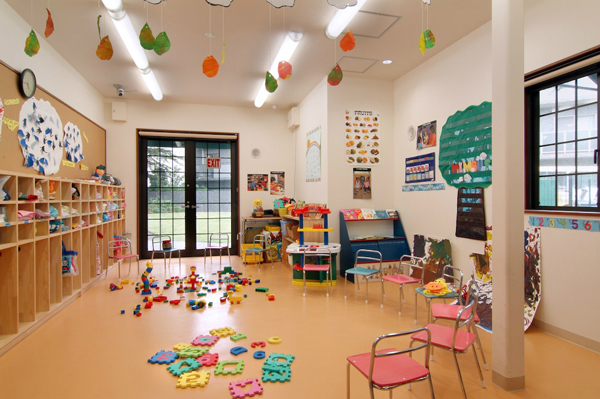 © Photo by Komazawa Park International School
© Photo by Komazawa Park International School
5. School emergency plan
On a slightly darker note, most of us know that we do not need to wonder “if” but rather “when” will the next big earthquake or epidemic (!) happen. Aware of this truth, we can be prepared to the best of our ability—and that includes to whom we entrust our children.
One priority is the protection of our children, should anything happen when they are away from us. Asking about a school’s emergency plan is of the utmost importance. We cannot predict the future, and thus no proposal will be perfect for what may happen. That said, knowing that substantial efforts have been put into safety may be a strong argument on how child-centered a school may be. Examples of questions could be: where are the children directed when a disaster happens? What are the measures planned to enable the children to be safe at the school for an extended period? How is transport organized if the trains or highways are interrupted? Is there a risk of flooding by a river close by? Is there a clear plan for distance-learning in place if necessary?
You might think this is overreaction; unfortunately, this kind of situation has happened before, even in well-prepared IS in Tokyo.
6. Status in Japan and international accreditations
Only a few IS are licensed by the Tokyo Metropolitan Government; most IS in Japan are not recognized and have the same designation as driving schools. Overall, some of the most reputable and reliable IS in Tokyo are members of the Japan Council of International Schools (JCIS), have a Council of International Schools (CIS) accreditation, or a Western Association of Schools and Colleges (WASC) accreditation. Some of the curricula, like IB and PYP, also require validations. These external organizations not only put the IS through a rigorous regular process of certification but also enable the knowledge to be easily internationally transferable and may help for later higher education goals too.
In a nutshell, my main recommendation to find a compatible International School in Tokyo is to get as much information as possible both online and in person. Unfortunately, a school website can show you some aspects that are in line with what you are looking for, while other elements can be spotted only with an in-depth investigation. After all, nothing can replace meeting the educational team and staff to find the best match for your kids.
Try to find out whether the school truly aligns with your vision of education so that you feel at peace every morning when you wave back at your children.

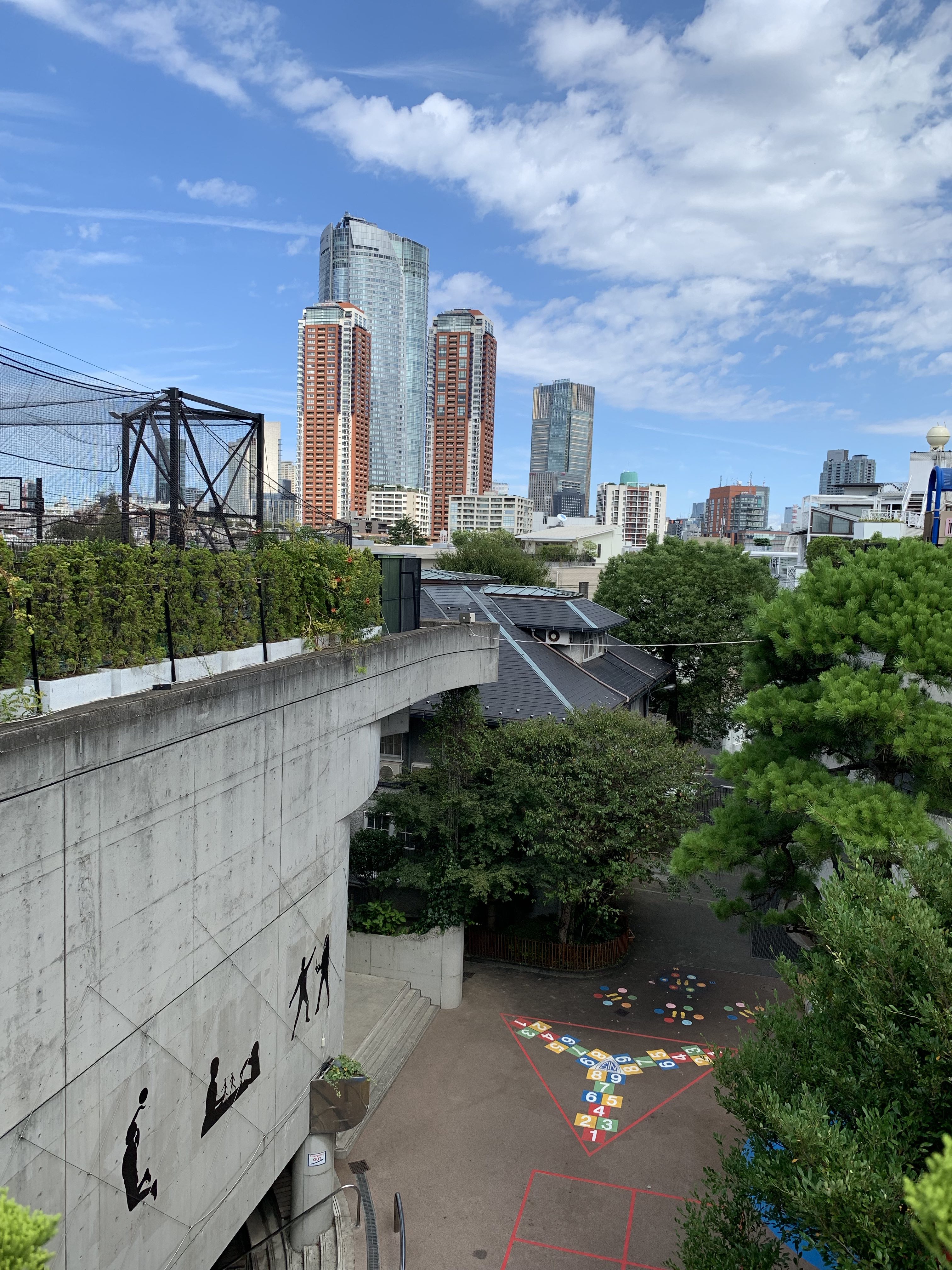
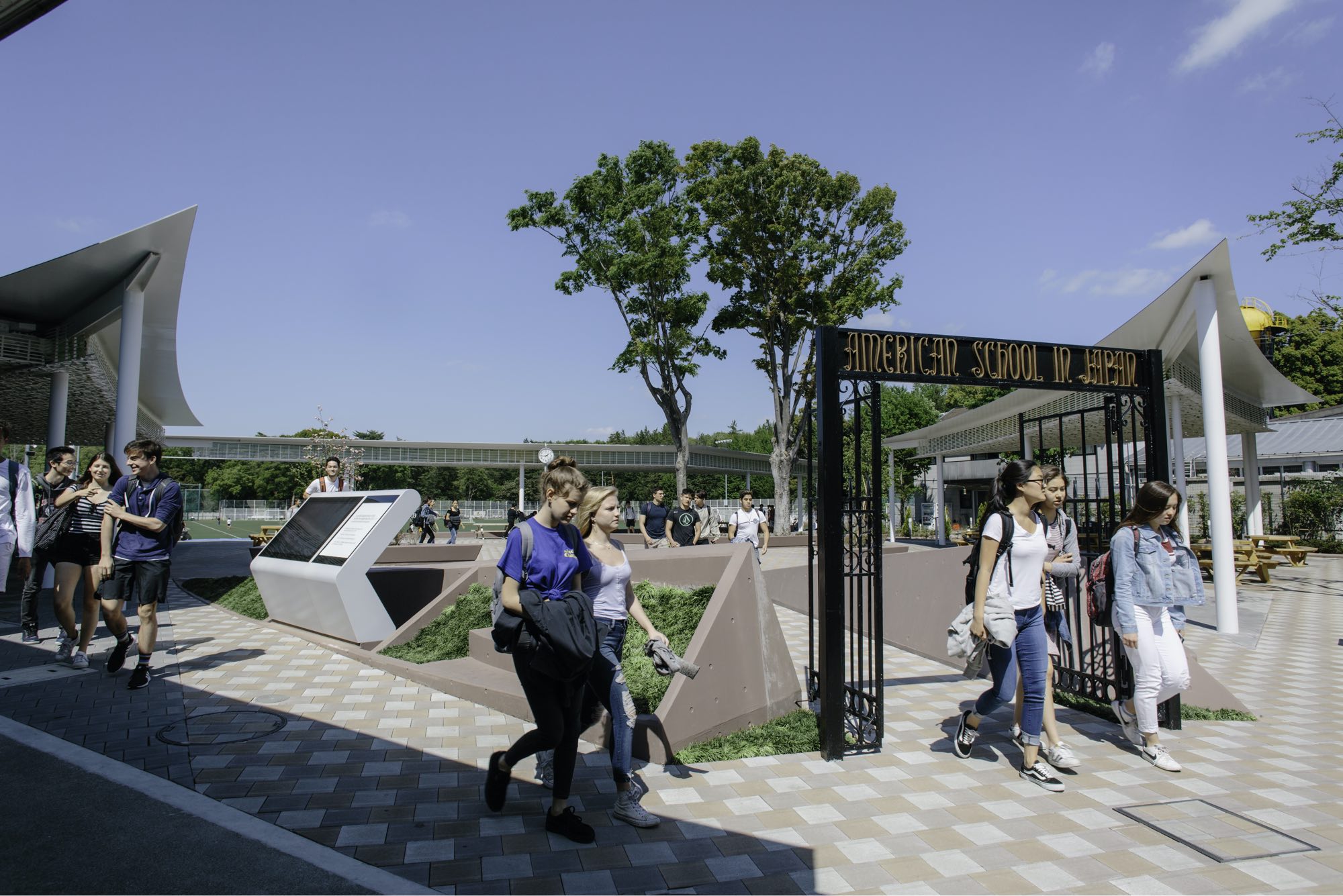
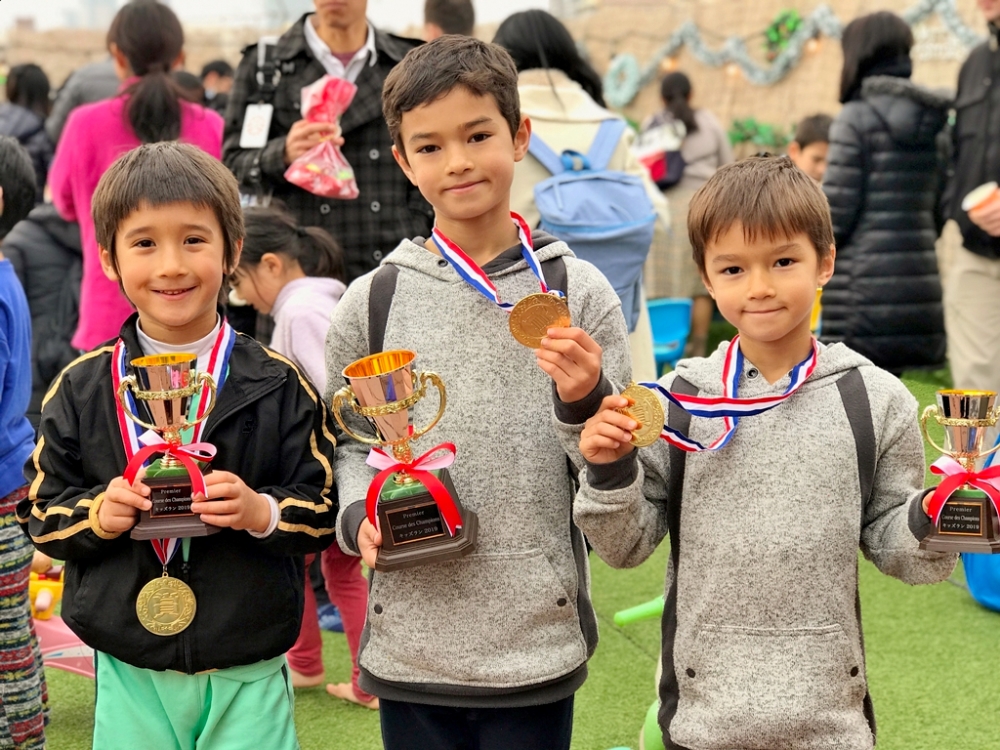






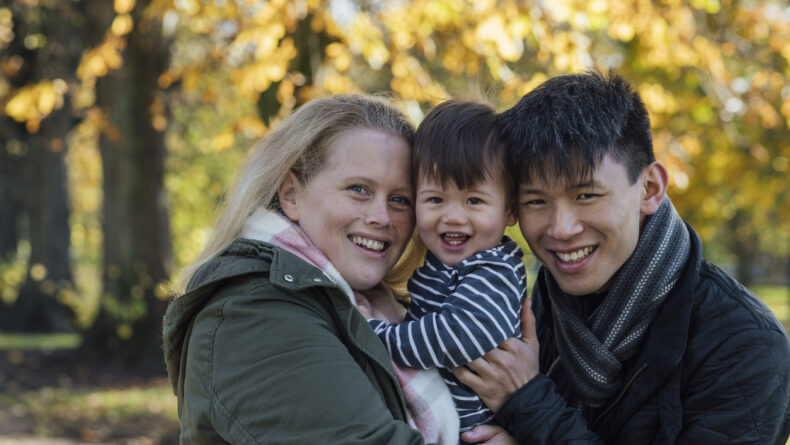
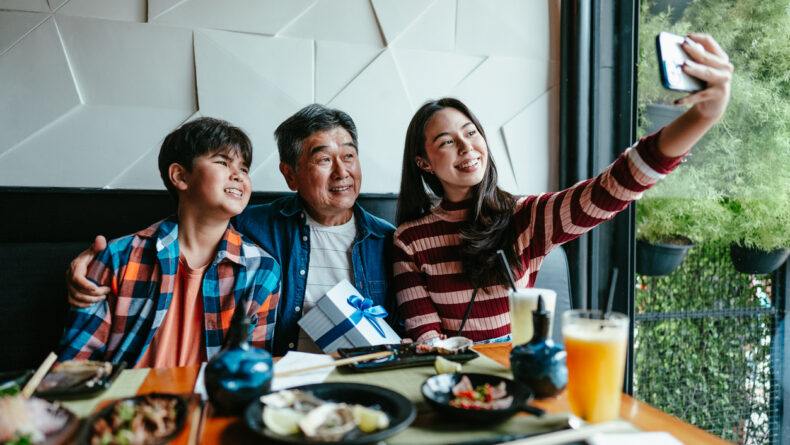
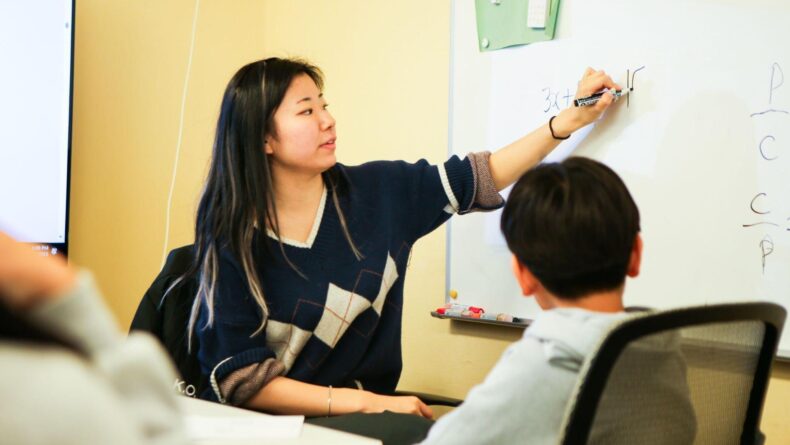
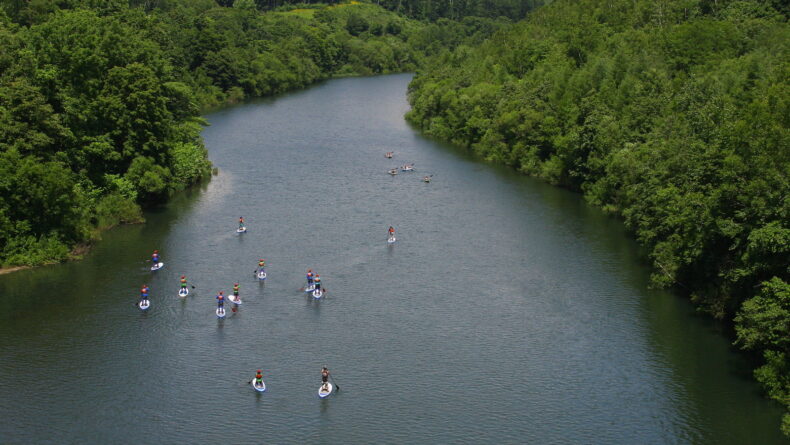
Leave a Reply